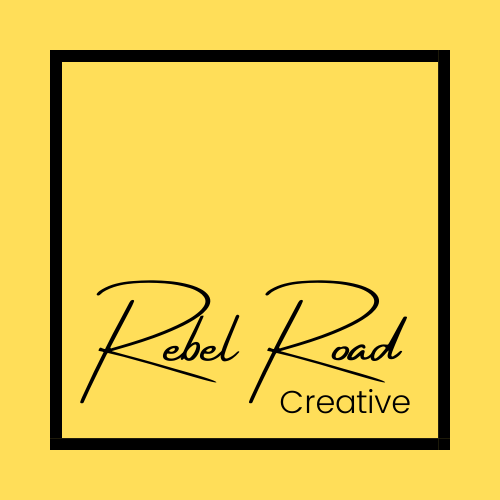Create A Style Guide For Your Corporate Identity
(By Elizabeth Tuico) Most large organizations develop corporate identity style guides that outline how its visual and written messaging must be presented to the public. This exercise isn’t exclusive to the Fortune 500; small to medium-size businesses should also document their corporate identity.
I often work on short-term writing assignments for companies with revenues that exceed $100 million a year. My first question to these clients is “Do you have a corporate style guide”? More often than not, the answer is no. I worked with one large entity that preferred to use all capital letters to denote the company name. When I combed through their existing collateral including the website, there was no consistency – I found many variations of the name. This company really needed a style guide.
Below are some topics to consider when developing your corporate identity style manual:
Logo
The proper use of the company logo is imperative, and all your employees should be familiar with the standards. To maintain the brand, the dimensions should remain to scale. You may want to create a black and white logo too. All should have transparent backgrounds and be available in PNG, jpeg, EPS and TIF extensions. (Keep your designer’s original files under lock and key, off the company network.)
Colors
There are hundreds of shades of blue. Which one does your company use? Note your company’s official PMS numbers or flat UI color codes.
Fonts
It’s important to determine what fonts employees can use for official business. Your brand is diluted when correspondence looks completely different from department to department. Think about font pairings for headers and narrative text. Also list the fonts used in your logo.
Company Name
Do you use the full name of a portion of it? For example, a company’s legal name is Smith Construction Inc. Can you leave the Inc. out? Can you refer to them as just Smith? Let the brand police decide and enforce it in all marketing materials.
Consistency of Common Words and Terms
This point is particularly valid when preparing proposals, but should be considered for all marketing collateral. Be consistent about abbreviations and symbols. (Do you spell out state names, or use the two-letter abbreviation? Should you write out percent or use the “%” symbol?) There are dozens of examples to consider. Document the most important to your company and educate your staff. [Note: many organizations use the Associated Press Stylebook as the default decider.]
Why is this necessary? Employees come and go, so this information must be documented for a future workforce. You may want to create a poster or sign. You’ll need an EPS logo file and correct PMS colors. You may want to sponsor an event and a high resolution transparent file is required. Uniformity matters for the brand to stand out.
There’s also the underlying message of inconsistent marketing materials. It conveys sloppiness and little respect for details. You don’t want to project that image to your clients.
Your corporate identity style manual can be elaborate or a simple document. Canva Pro allows customers to create their own, so check out that option.
Do you need help creating consistency throughout your collateral? Get in touch at elizabeth@rebelroadcreative.com or here.

